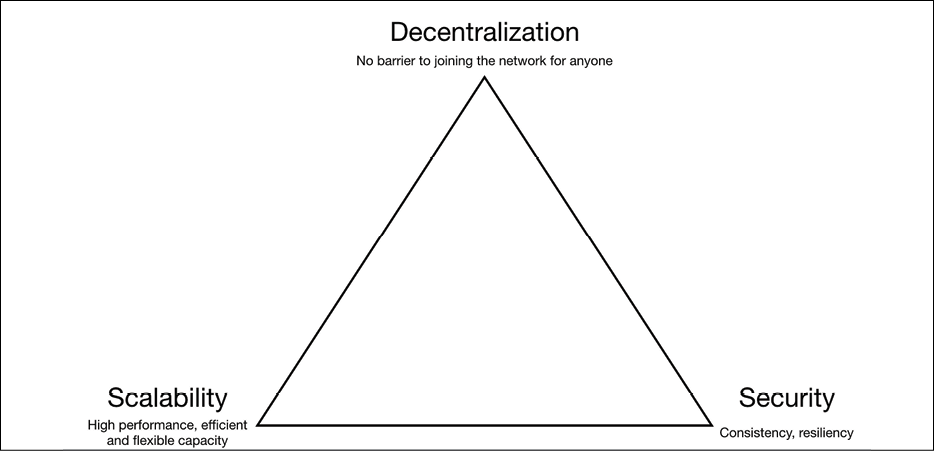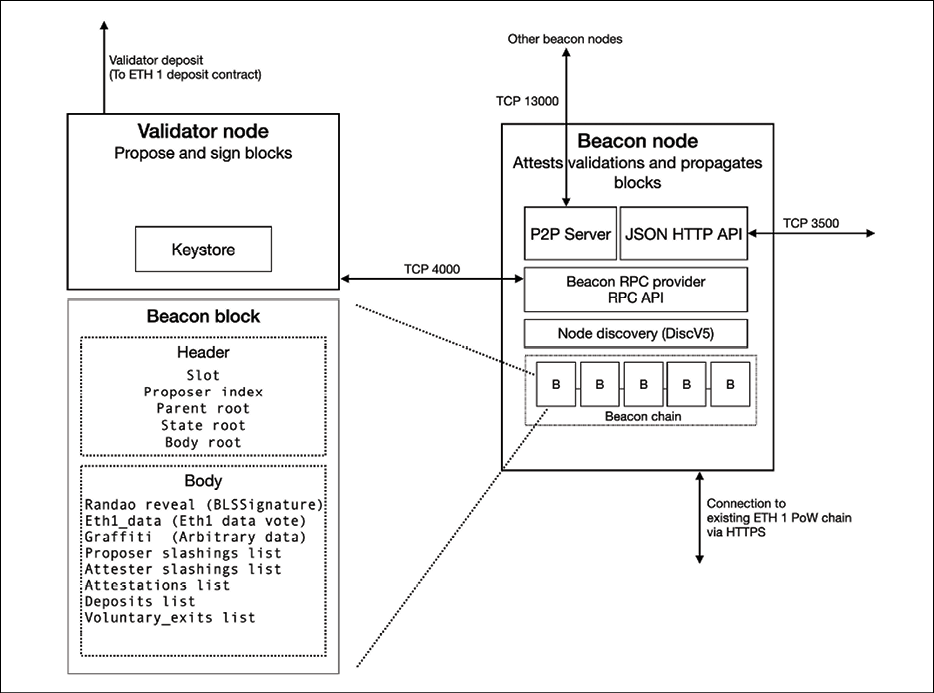Serenity
Ethereum 1.0 is the current version of Ethereum, with Berlin being the latest release, or update. The public Ethereum mainnet available today runs the Ethereum 1.0 protocol. Serenity is the name given to Ethereum version 2.0. The vision behind Ethereum 2.0 is to ultimately transition into a more scalable, performant, and secure version of Ethereum that will serve as the World Computer, which is Ethereum's original vision. The concept of a world computer was introduced with Ethereum 1.0, in which a global, decentralized network of interconnected nodes runs peer-to-peer contracts without the limitation of shutting down, or being censored or hacked. This vision started with Ethereum 1.0 and gained a lot of traction; however, challenges such as scalability, privacy, and performance somewhat hindered mass adoption. Ethereum 2.0 is expected to address these issues in pursuit of becoming a world computer.
In Chapter 11, Ethereum 101, we saw that Ethereum is being released...



